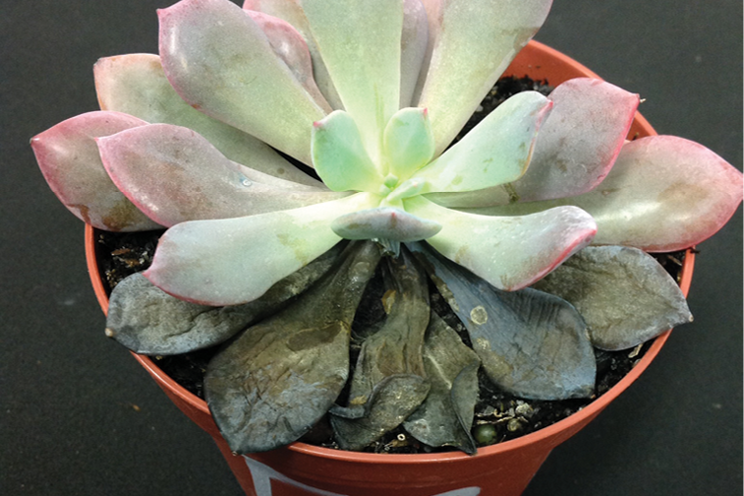Innovative approach to water mold control
Added on 04 April 2024

It’s important to understand some of the fundamentals of water molds to be able to properly prevent growth. Relatives of algae, water molds are unique organisms that also thrive in aquatic environments. They often grow in sediments rich in organic matter but low in oxygen. Water molds are exceptional pathogens because they have developed a fungus-like lifestyle, capable of thriving in soils that are rich in organic material and very wet. The combination of these unique characteristics makes them particularly troublesome to greenhouse managers, as they’re able to grow and reproduce in irrigation ponds and thrive when transferred through irrigation systems, ultimately making their way into plant production. Once introduced, they can colonize the soil profile, attacking the plant roots and stealing vital nutrients for growth. This is why effective water mold control begins with irrigation ponds and surface water, not just isolated within the greenhouse.
More news









